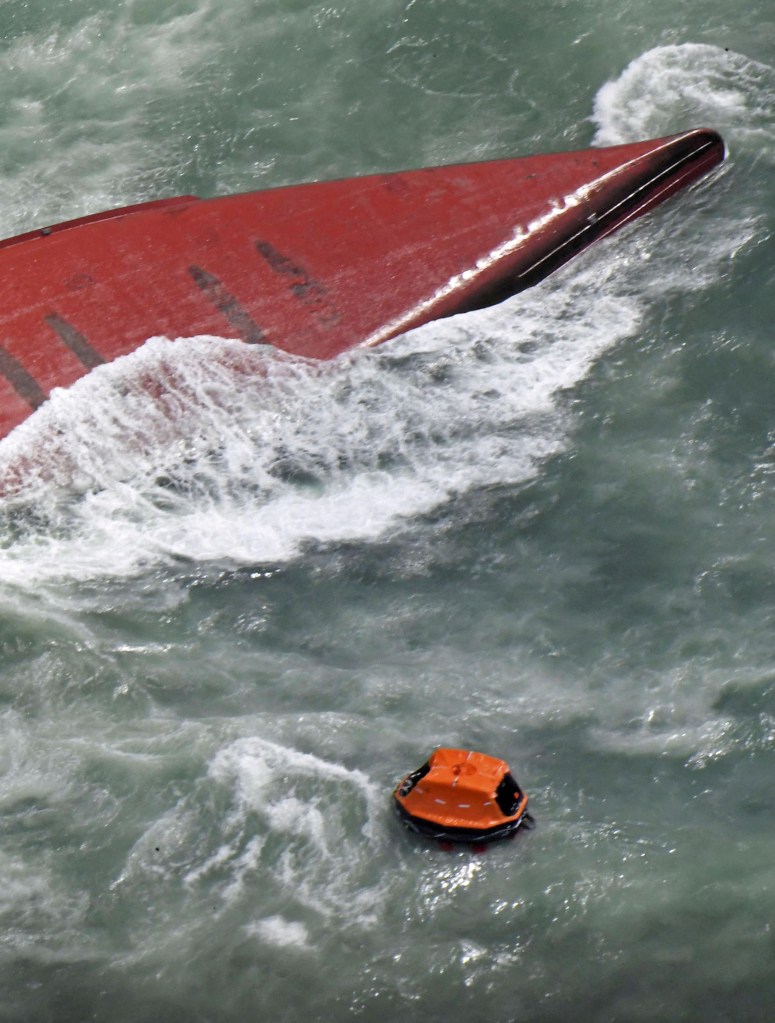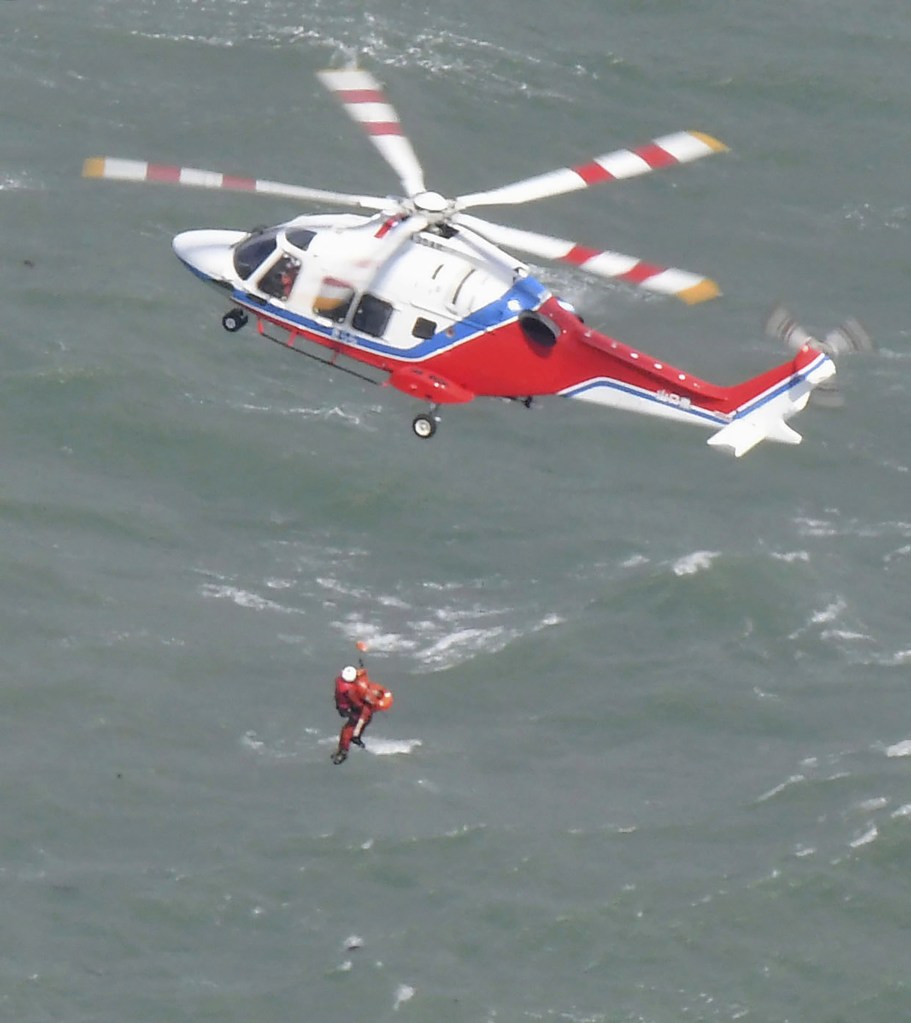7 dead after South Korean tanker capsizes off Japan, 2 still missing
A South Korean tanker capsized off an island in southwestern Japan on Wednesday, authorities said, killing seven people on board.
One crew member survived, and the fate of three others was unknown.
The Japan Coast Guard said it received a distress call from the chemical tanker Keoyoung Sun, saying that it was tilting while seeking refuge from the weather near Japan’s Mutsure Island, about 620 miles from Tokyo in southwestern Japan.
The ship was completely capsized by the time rescuers arrived at the scene.
Footage on Japan’s NHK television showed the ship lying upside down, a rough sea washing over its red underside.
The ship was carrying 11 crew, of whom nine have been found, authorities said.
The one crew member confirmed alive was from Indonesia, while the Coast Guard is still searching for two more.
Another person found was in unknown condition, officials said
The ship was en route from the Japanese port of Himeji to Ulsan in South Korea, according to NHK.
Its captain was South Korean, and its crew included another South Korean national, a Chinese national and eight Indonesians, according to the Coast Guard.
The tanker was carrying 980 tons of acrylic acid, officials said.
No leak has been detected, and officials are studying what environmental protection measures may be needed in case there is a leak.
Acrylic acid is used in plastics, resin and coatings and can irritate the skin, eyes and mucous membranes, according to the US Environmental Protection Agency.
No other details, including how the ship capsized, were immediately known.















